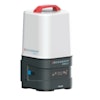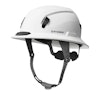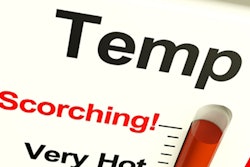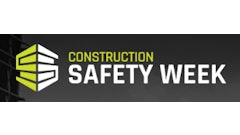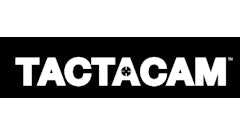
With the heat index and often the actual temperatures soaring above 100 F, you need to have a plan in place to protect your employees.
The OSHA Training Institute Education Center at Chabot-Las Positas Community College District, the only OSHA authorized OTI Education Center headquartered in Northern California, has issued an important reminder to employers to prevent heat illness by protecting their workers from extreme heat at their work sites. OSHA standards require employers with workers exposed to high temperatures to establish a heat illness prevention program that incorporates water, rest and shade as key elements.
"Every year dozens of workers die and thousands more become ill while working in extreme heat or humid conditions," says Cari Elofson, Assistant Director of the OSHA Training Institute Education Center at Chabot-Las Positas Community College District. "More than 40% of heat-related worker deaths occur on construction job sites. Most heat-related illnesses and deaths are totally preventable."
During hot weather, especially with high humidity, body temperature can rise to dangerous levels and lead to heat exhaustion or heat stroke if workers don't drink enough water and rest in the shade. Any worker exposed to hot and humid conditions is at risk for heat illness, especially those doing heavy work tasks or using bulky protective clothing and equipment. Some workers might be at greater risk than others if they have not built up a tolerance to hot conditions, including new and temporary workers and those returning to work after a week or more off.
Essential elements of an effective heat illness prevention program include:
- Providing workers with water, rest and shade
- Allowing new or returning workers to gradually increase workloads and take more frequent breaks as they acclimatize and build a tolerance for working in the heat
- Planning for emergencies and training workers on prevention
- Monitoring workers for signs of illness
OSHA's Occupational Heat Exposure webpage explains what employers can do to keep workers safe and what workers need to know - including factors for heat illness, adapting to working in indoor and outdoor heat, recognizing symptoms and first aid training. The page also offers resources for specific industries, an overview of OSHA's heat-related standards and links to heat safety apps for both iPhones and Android phones. Employers are urged to take advantage of OSHA resources to help protect their workers from the potentially devastating effects of heat-related illness.


